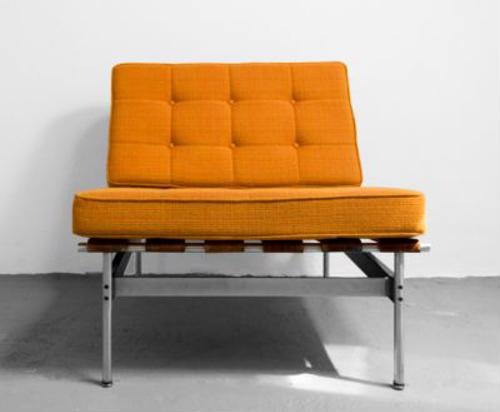
Whether you're looking to save money or add a bit of vintage decor to your home, buying second hand furniture is a great option. Even if you have brand new items like bamboo window shades or area rugs, used furniture can still fit right into your design plan, especially if you have a DIY streak in you and plan to refurbish the upholstery or touch up the paint job. Here are some tips to help you make good decisions when second hand shopping.
1. Don't rely on descriptions alone. If you're shopping for used items online, you should never decide to buy a piece that doesn't have a picture included in the ad. Most people who have the resources to post online have the ability to snap a quick photo, so if you don't see one, there may be something wrong with the piece that's not mentioned.
2. Perform a thorough visual inspection. Before you agree to take an item off someone's hands, try to arrange a visual inspection so you can determine whether the piece is really worth the asking price. Check to see if the furniture has any visible signs of wear and tear, like frayed fabric, chipped paint or dents. If you notice any flaws, bring them up to the seller and see if you can negotiate a reduced price if you think the item could be fixed or would still be effective in your design.
3. Try it out. Whether it's a chest of drawers, a kitchen table or a couple of chairs, you should test everything out yourself before buying. Open each drawer to make sure it slides easily, put pressure on tables and inspect the leg joints and sit in chairs to ensure they're stable. You don't want to waste money on something that might not be as sturdy as advertised.
4. Avoid questionable items. Some things are better bought new rather than second hand, especially fabric items that can't be cleaned. For example, mattresses can accumulate a lot of germs, dead skin cells and even bugs - can you imagine sleeping in someone else's grime? Yuck! Even sofas and couches can be full of bacteria and other nasty stuff, so always ask yourself if something can be cleaned. If not, it's not worth it.
5. Consider measurements. Before you go out looking for a piece, know the size of the space you're hoping to put it in. Then, when you go to inspect the item, bring your tape measure so you can gauge whether it will fit into your home. Buying something only to realize afterward that it's too big or small is a real bummer.

